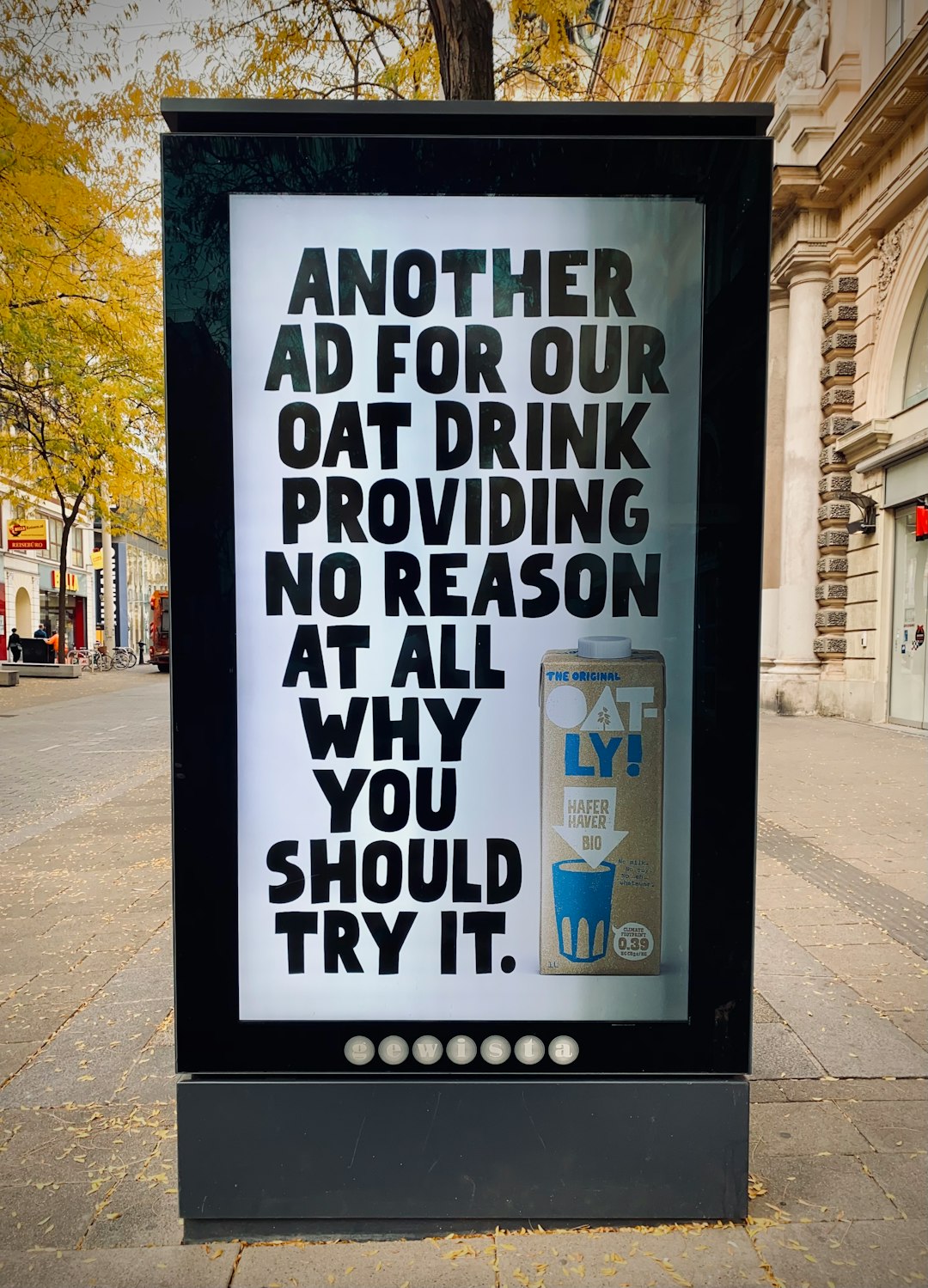Every marketer loves a good experiment. We test ads, emails, and landing pages. Why? Because we want to know what works. Two of the most popular methods for testing are A/B testing and incremental lift testing. They seem similar on the surface, but they are very different underneath. Let’s dive in and figure out which one is better — and why!
What is A/B Testing?
A/B testing is simple. You show one version of something (A) to one group of people and a second version (B) to another group. Then you see which version performs better. It’s like a digital showdown.
For example, you want to know if a red button or a green button gets more clicks. You show Red to half your users and Green to the other half. Whichever gets more clicks is your winner!
Use A/B testing when:
- You want to compare two versions of the same thing
- You’re working with large audiences
- You want fast answers
It’s easy, fast, and great for optimizing designs, headlines, or user flows.
What is Incremental Lift Testing?
Incremental lift testing is a bit like testing a magic trick. You want to know if your ad really made a difference — or if the customer would have acted anyway.
In this test, you have two groups:
- Exposed group: People who see your ad
- Control group: People who don’t see your ad at all
Then you compare how many people in each group converted. The difference is the incremental lift. Basically, it tells you: “Am I getting more value because of this ad, or would it have happened anyway?”

Why It Matters
Think about it this way. A/B testing tells you which version wins. But incremental lift testing tells you if the ad had any effect at all.
Let’s say your ad campaign gets 100 conversions. Sounds great! But what if 90 of those customers would have converted anyway? That means your ad only added 10 new customers. That’s lift. And it’s what incremental lift testing helps you measure.
A Simple Example
Imagine you’re selling ice cream online (cool job, by the way 🍦). You run a Facebook ad. After the campaign, you see 500 sales. Yay!
But wait! With incremental testing, you find out that the control group (who didn’t see the ad) also bought 450 ice creams. So your ad really only caused 50 more sales.
Without incremental lift testing, you might think the ad brought in all 500. That’s a huge difference in how you measure success — and how you spend your money.
How Do They Differ?
Here’s a quick breakdown of their key differences:
| Feature | A/B Testing | Incremental Lift Testing |
|---|---|---|
| Purpose | Compare two versions | Measure true impact |
| Audience | All participants see something | Some don’t see the marketing at all |
| Result | Which version works better | Did your ad actually change behavior? |
| Use Case | Website optimization, UI tweaks | Ad effectiveness, budget analysis |
When to Use A/B Testing
A/B testing is a great choice when you want to improve something small but important:
- Subject lines in emails
- Button colors
- Page layouts
- Call-to-action text
It gives you quick data to boost performance. And every little improvement adds up!
When to Use Incremental Lift Testing
Incremental lift testing is perfect for:
- Evaluating ad campaign performance
- Understanding your true ROI
- Budget allocation decisions
- Measuring impact across channels
It helps you spend smarter, not just more.

Pros and Cons
A/B Testing
Pros:
- Easy to implement
- Fast results
- Great for optimization
Cons:
- Doesn’t measure causal impact
- People in both groups are exposed to marketing
Incremental Lift Testing
Pros:
- Shows real influence of campaigns
- More accurate ROI
- Prevents wasted spend
Cons:
- More complex to set up
- Need a true holdout group (who sees no ads)
- Can require longer timeframes
Which is Better?
Here’s the honest truth: Neither is always better. It depends on what you’re trying to learn.
Use A/B testing for tweaks and improvements on things people already see. Titles, images, copy — things like that. It’s your go-to for making better user experiences.
Use incremental lift testing when you want to make sure your marketing is actually working. Especially when investing real money. It helps you answer, “Is all this spend even doing anything?”
The Dream Team: Use Both!
You don’t have to pick just one. In fact, using both together can give you a super-powered approach.
Example: You test ad creatives with A/B testing. After finding the most engaging one, you launch a campaign. Then, you use incremental lift testing to see if it really moved the needle.
Now you’re not just building better campaigns — you’re proving their worth too.
Helpful Tips
- Always define your goals before testing
- Make sure your test groups are random and fair
- Don’t end tests too early — give them time
- Look at confidence levels before picking a winner
Summary Time!
Here’s a quick wrap-up:
- A/B Testing = good for comparing versions
- Incremental Lift = good for measuring actual impact
- A/B testing shows what works better
- Lift testing shows if it worked at all
- Smart marketers use both!
Final Thoughts
So, which one is better? The answer is: the one that fits your question.
Want to improve your subject lines? Go A/B.
Want to know if your ads are moving the needle? Go incremental.
Do both — and take your marketing tests from good to great.
Now go test something — and make it count!
